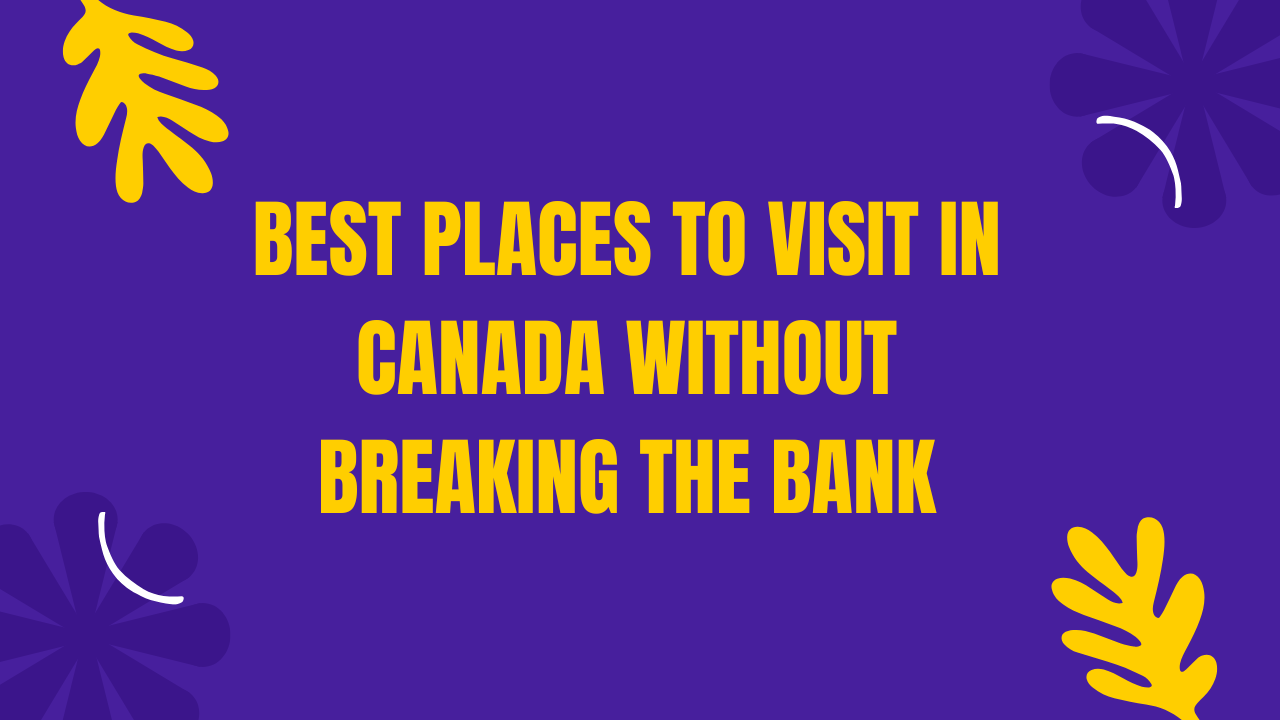Canada might be known for its stunning landscapes, friendly locals, and maple syrup, but it doesn’t have to be known for draining your wallet. If you plan wisely, you can explore this beautiful country without maxing out your credit card. From vibrant cities with free attractions to nature escapes where the only cost is your hiking boots, budget travel in Canada is not only possible—it’s exciting.
Table of Contents
Affordable Canadian Cities and Destinations
Montreal, Quebec
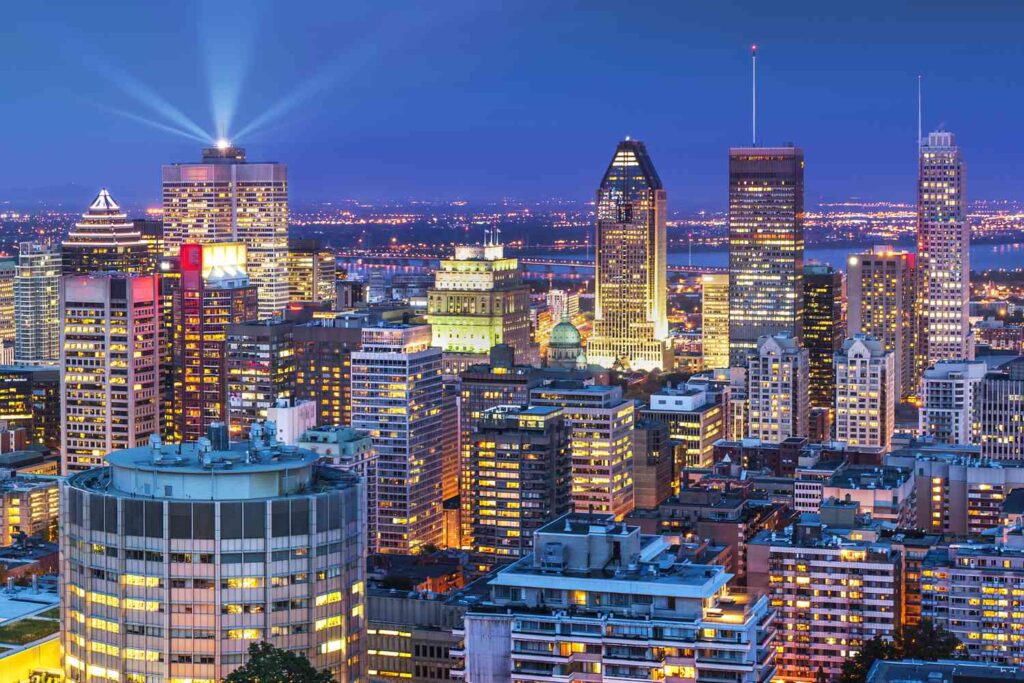
Montreal is a budget traveler’s paradise. Mount Royal Park and the Old Port are two of the many free attractions. From $2 bagels to $1.50 steamés (hot dogs prepared in the Montreal way), the city’s culinary sector offers reasonably priced fare. Free events such as the Montreal International Jazz Festival are essential for culture lovers.
Quebec City, Quebec

Walking through Old Quebec feels like a European getaway—but without the pricey airfare. Stroll the historic streets, admire Château Frontenac from the outside, and enjoy the city’s free guided tours in summer.
Ottawa, Ontario
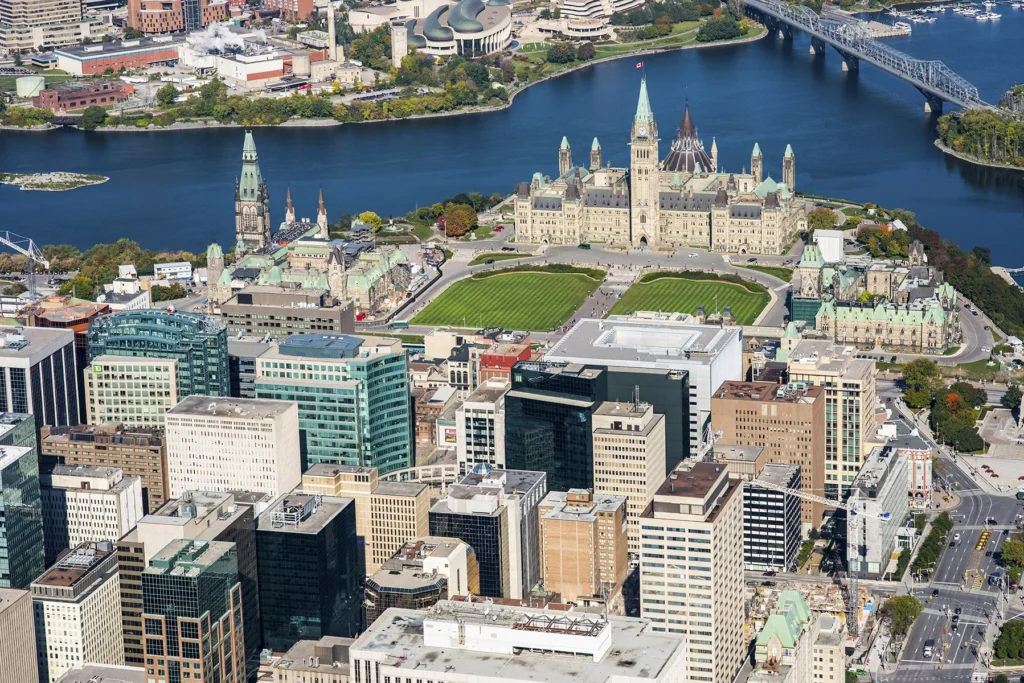
As Canada’s capital, Ottawa has several free museums (on select days) and landmarks like Parliament Hill. Seasonal events like Winterlude in February offer free ice sculptures, skating, and performances.
Halifax, Nova Scotia

A coastal city with a laid-back vibe, Halifax offers free walks along its scenic waterfront and low-cost ferry rides to Dartmouth. Grab affordable fish and chips from local food trucks.
Winnipeg, Manitoba
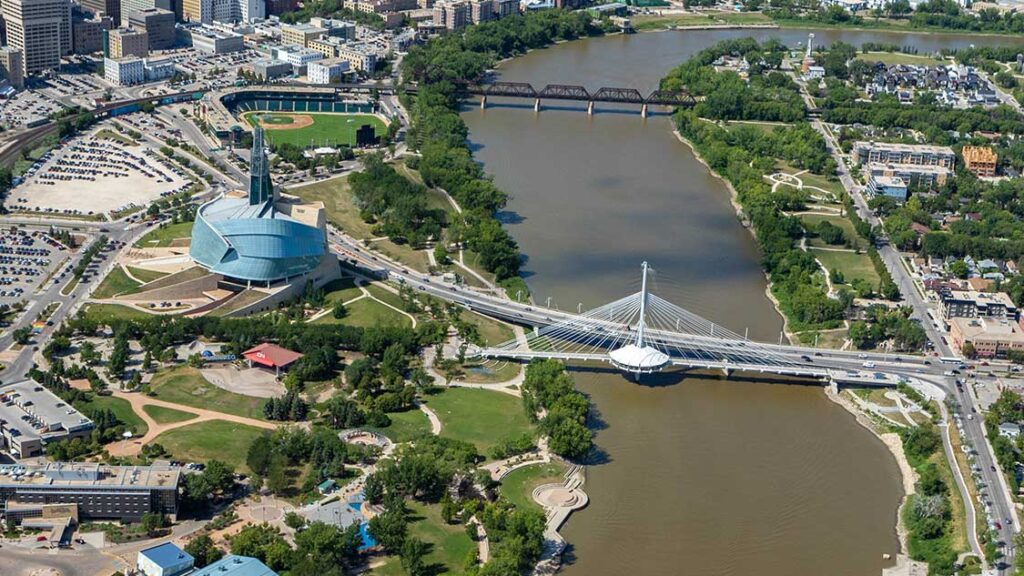
Winnipeg offers budget-friendly cultural attractions like The Forks Market and Assiniboine Park. In summer, free outdoor concerts and cultural events keep entertainment costs low.
Nature Escapes That Won’t Drain Your Wallet
Banff National Park on a Budget

Banff is gorgeous year-round, and you can save money by camping or staying in nearby towns like Canmore. Hiking, scenic drives, and photography are free pleasures.
Jasper National Park
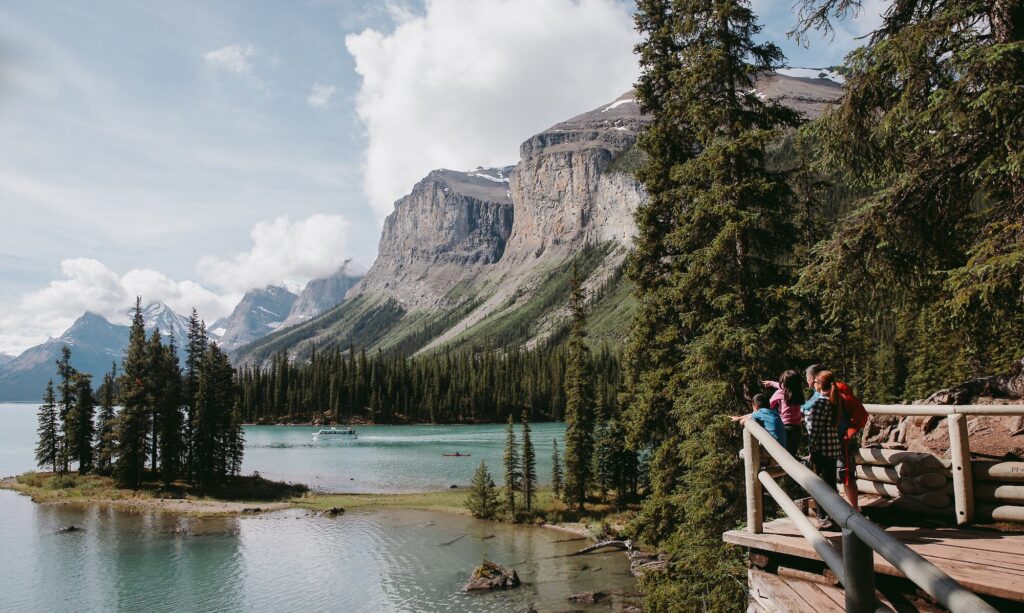
Less crowded than Banff, Jasper offers budget camping spots and free wildlife viewing. Hiking trails like Maligne Canyon are stunning and cost nothing.
Prince Edward Island
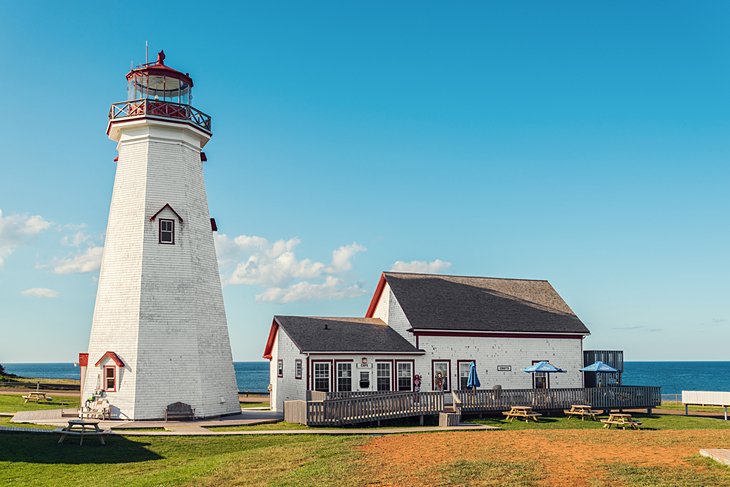
PEI is perfect for budget travelers. Free beaches, affordable bike rentals, and charming small towns make it ideal for a relaxing, inexpensive vacation.
Cape Breton Island
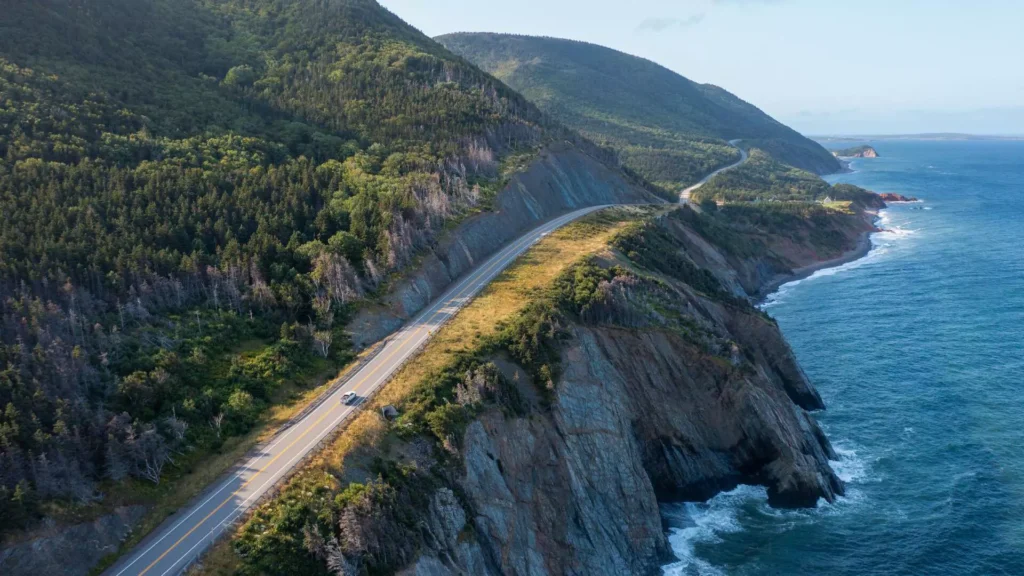
Drive the Cabot Trail for breathtaking views. Pack your own snacks and camp along the way to save money.
Money-Saving Travel Tips in Canada
Transportation on a Budget
Skip expensive flights between provinces—opt for budget airlines, buses, or VIA Rail seat sales. Ridesharing platforms like Poparide can cut travel costs significantly.
Affordable Accommodation Options
Hostels, motels, and couchsurfing are popular for budget stays. In summer, national park campgrounds offer scenic, low-cost lodging.
Eating Well Without Overspending
Farmer’s markets and food trucks offer fresh, affordable meals. Grocery shopping and cooking at your hostel or Airbnb can save hundreds.
Seasonal Budget Travel in Canada
Best Time to Visit for Low Prices
Late spring and early fall (shoulder seasons) offer mild weather and lower costs. Winter can be cheap too—just pack warm clothes.
Budget-Friendly Festivals
From free summer music festivals to winter carnivals, Canada offers free entertainment year-round. Check local tourism boards for schedules.
Also visit:
Discover the Best Places to Visit in Canada for Every Traveler
The Ultimate Guide to the Best Places to Visit in Canada
Exploring Culture and Nature: Best Places to Visit in Canada
The Impact of Festivals in India on Local Economies
Conclusion
Traveling Canada on a budget isn’t just doable—it’s a chance to see the country through a more authentic lens. Whether you’re strolling through historic streets, camping under the stars, or enjoying local street food, budget travel lets you experience the real Canada without the price tag.

